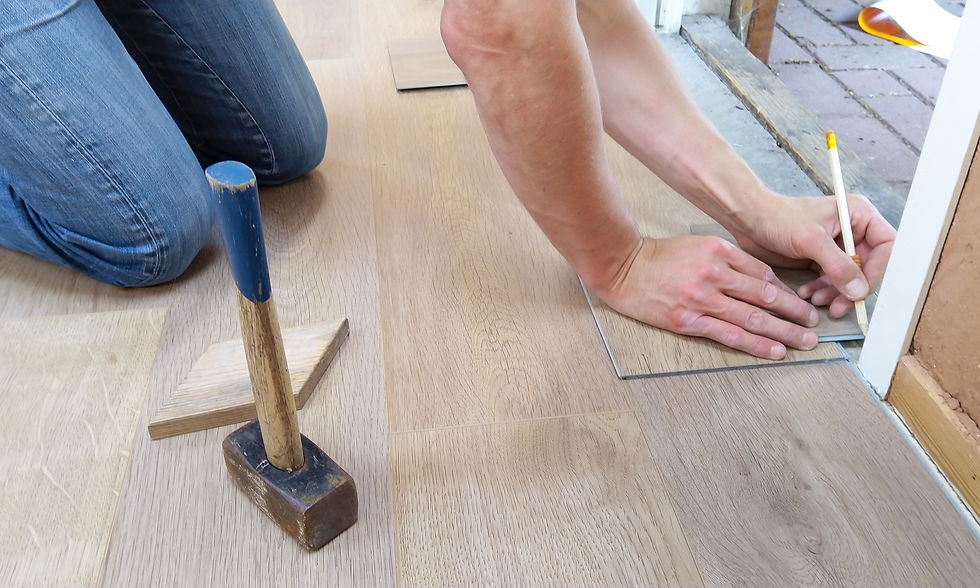
The choice of flooring plays a crucial role in creating attractive, durable, and functional living spaces. Flooring not only enhances the aesthetic appeal of a unit but also withstands heavy foot traffic, requires minimal maintenance, and contributes to a comfortable and enjoyable living experience for residents. In the following we will explore the significant role of flooring in residential construction and highlight key considerations for selecting the right flooring system.

Material: Multifamily buildings demand flooring materials that can withstand the rigors of high occupancy and frequent use. Common options include carpet, vinyl, laminate, hardwood, and tile. Each material offers unique characteristics in terms of durability, maintenance requirements, moisture resistance, sound insulation, and design versatility. Developers must consider factors such as the building's style, budget, and resident preferences when selecting the most suitable flooring material.
Durability and Maintenance: Home flooring must be resilient and easy to maintain. Materials with high durability ratings, such as vinyl or ceramic tile, can withstand heavy traffic, resist scratches and stains, and require minimal upkeep. Low-maintenance flooring reduces the need for frequent replacement, ensuring long-term cost savings for property owners.
Sound Insulation: Adequate sound insulation is crucial in newly constructed buildings to minimize noise transfer between units and floors. Flooring materials with built-in soundproofing properties, such as cork or carpet with cushioning underlays, can significantly reduce impact noise. This is particularly important for residents' comfort and privacy within multifamily projects.
Safety and Accessibility: Flooring in construction should prioritize safety and accessibility. Slip-resistant surfaces are essential, especially in common areas, bathrooms, and kitchens. Compliance with accessibility standards, such as the Americans with Disabilities Act (ADA), ensures that inhabitants of all abilities can navigate the space comfortably and safely.
Aesthetic Appeal: The flooring choice contributes to the overall design and ambiance of a living space. Developers can select materials and patterns that align with the building's style and cater to personal preferences. Modern flooring options offer a wide array of colors, textures, and patterns to suit various design aesthetics.
Environmental Considerations: With growing awareness of sustainability, developers may opt for environmentally friendly flooring options. Materials such as bamboo, cork, or engineered hardwood from certified sustainable sources can provide a greener alternative. Additionally, flooring with low volatile organic compound (VOC) emissions promotes healthier indoor air quality.

Flooring in all types of construction requires careful consideration of durability, maintenance, sound insulation, safety, aesthetics, and environmental impact. The right flooring selection enhances the overall livability of the units, ensures longevity, and contributes to residents' satisfaction. By evaluating the unique needs of the building, considering material options, and engaging skilled professionals, developers can create inviting and resilient flooring systems that withstand the demands of all kinds of use.


Comments